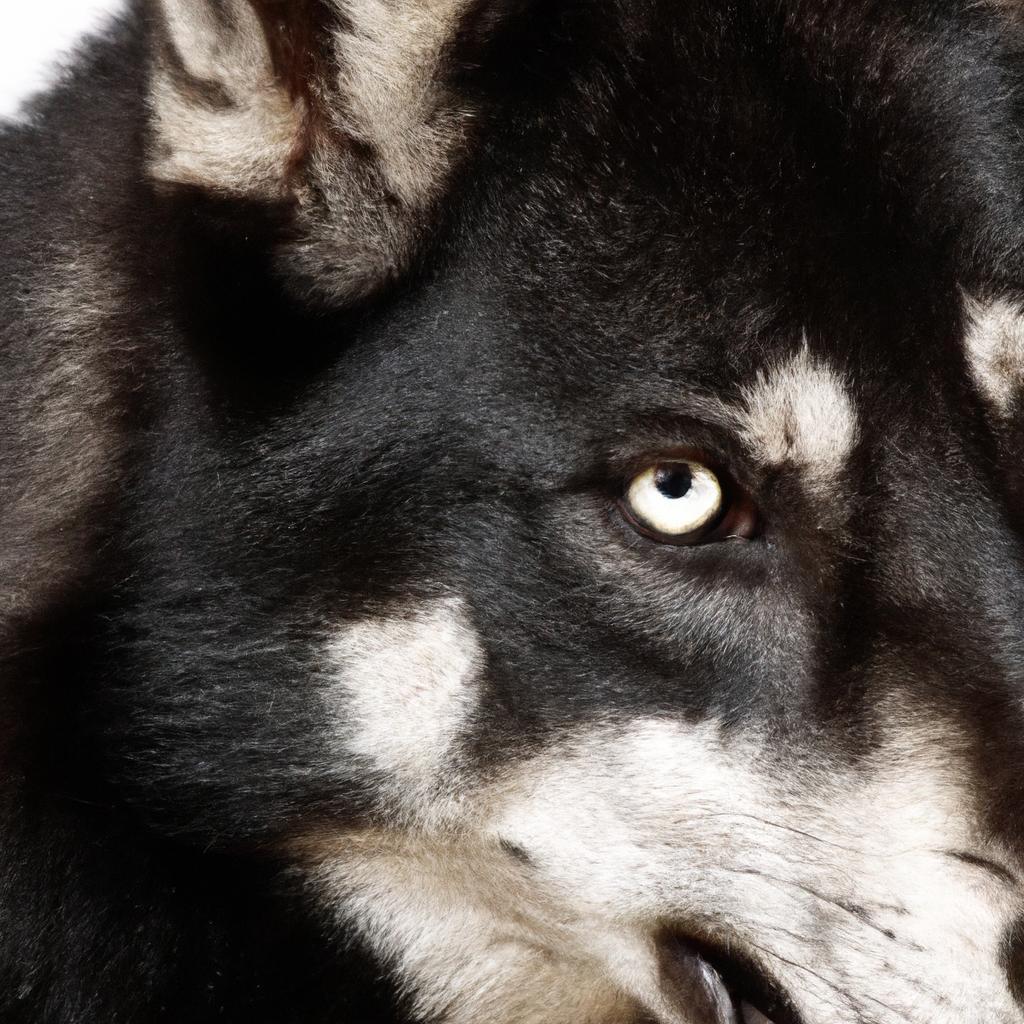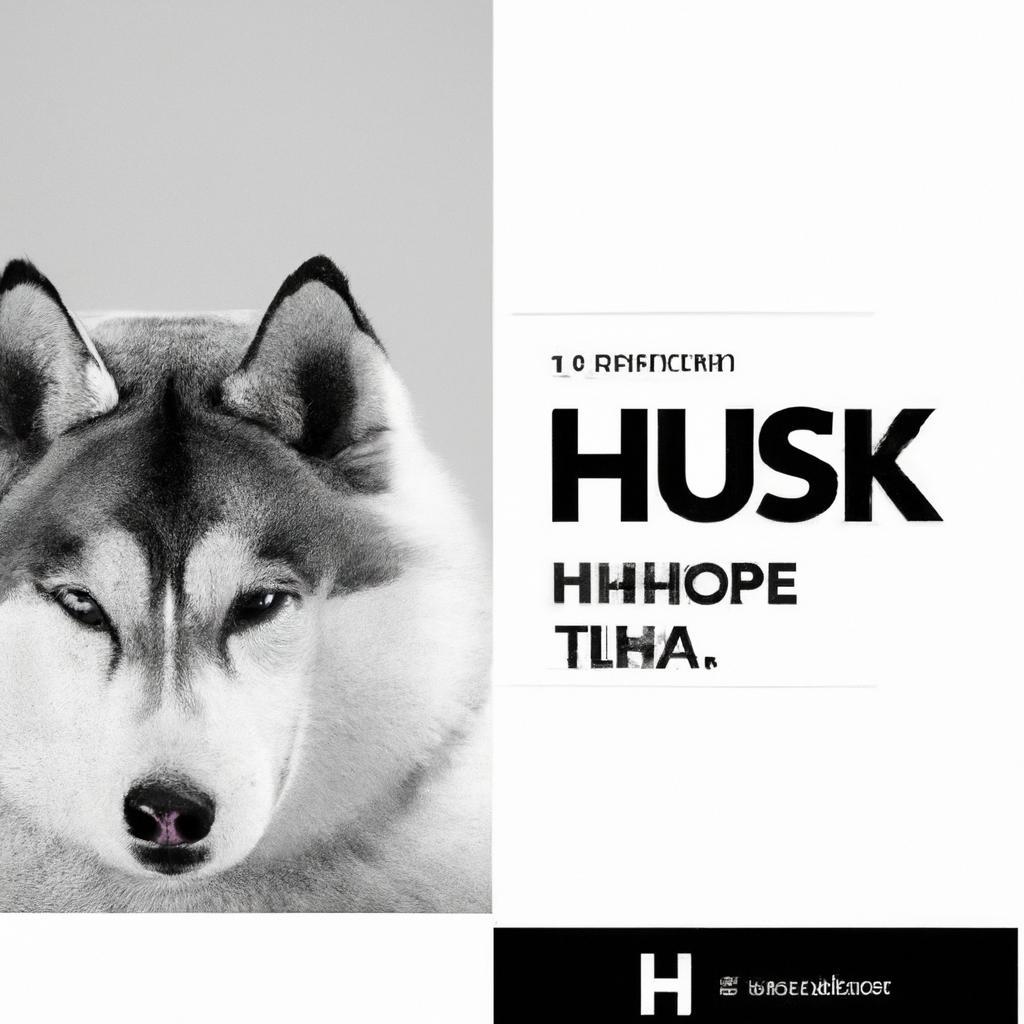In the heart of the wilderness, a majestic creature roams—the wolf, a symbol of strength and loyalty. But did you know that one dog breed stands closest to this wild ancestor? Enter the Alaskan Malamute. With its striking resemblance to wolves, the Malamute embodies the spirit of the wild while being a devoted companion. Their powerful build, thick fur, and keen instincts make them not just beautiful but also incredibly resilient. If you seek a dog that echoes the wild heart of a wolf, the Alaskan Malamute is your perfect match. Embrace the wild side!
Contents
- Understanding the Genetic Connection Between Dogs and Wolves
- Exploring the Characteristics of Wolf-Like Breeds
- Evaluating the Temperament and Behavior of Wolf Descendants
- Choosing the Right Wolf-Like Breed for Your Lifestyle
- Q&A
Understanding the Genetic Connection Between Dogs and Wolves
The bond between dogs and wolves is deeply rooted in their shared ancestry, which dates back thousands of years. Genetic studies reveal that domestic dogs (Canis lupus familiaris) are direct descendants of gray wolves (Canis lupus), with the divergence occurring around 20,000 to 40,000 years ago. This connection is not merely historical; it is reflected in the genetic makeup of various dog breeds, some of which exhibit traits and behaviors strikingly similar to their wild counterparts.
Among the myriad of dog breeds, certain ones stand out for their wolf-like characteristics. Breeds such as the **Siberian Husky**, **Alaskan Malamute**, and **Czechoslovakian Wolfdog** are often cited as the closest to wolves in terms of appearance and behavior. These breeds possess physical traits such as **thick fur**, **pointed ears**, and **long legs**, which are reminiscent of their wild ancestors. Additionally, their temperament often mirrors that of wolves, showcasing a strong pack mentality and a high level of intelligence.
Moreover, the genetic similarities between these breeds and wolves extend beyond mere aesthetics. Research indicates that certain breeds retain more of the wolf’s instinctual behaviors, such as **hunting**, **howling**, and **territorial marking**. For instance, the **Tamaskan Dog** is a relatively new breed that was specifically developed to resemble wolves while maintaining a friendly disposition. This breed exemplifies how selective breeding can enhance wolf-like traits while ensuring compatibility with human lifestyles.
Understanding the genetic connection between these breeds and their wild ancestors not only satisfies our curiosity but also informs responsible ownership. Potential dog owners should consider the unique needs and characteristics of these breeds, as their wolf heritage can influence behavior, exercise requirements, and socialization. By recognizing the intricate relationship between dogs and wolves, we can foster a deeper appreciation for our canine companions and ensure they thrive in our homes.
Exploring the Characteristics of Wolf-Like Breeds
When delving into the fascinating world of wolf-like breeds, it’s essential to recognize the unique characteristics that set them apart from more traditional dog breeds. These canines often exhibit a striking resemblance to their wild ancestors, not just in appearance but also in behavior and temperament. Their physical traits, such as a thick double coat, erect ears, and elongated snouts, contribute to their wolf-like appearance, making them a captivating choice for dog enthusiasts.
Beyond their looks, these breeds often possess a range of behavioral traits that echo the instincts of wolves. Many wolf-like breeds are known for their strong pack mentality, which can manifest in loyalty and protectiveness towards their families. They tend to be highly intelligent and independent, requiring an owner who can provide firm, consistent training. This combination of traits makes them both rewarding and challenging companions, as they thrive in environments where they can engage their minds and bodies.
Another significant aspect to consider is their energy levels and exercise needs. Wolf-like breeds typically require ample physical activity to maintain their health and happiness. Regular exercise not only helps to channel their energy but also fosters a strong bond between the dog and its owner. Engaging in activities such as hiking, running, or even participating in dog sports can be incredibly beneficial, allowing these breeds to express their natural instincts while also providing an outlet for their exuberance.
Lastly, socialization plays a crucial role in the development of wolf-like breeds. Early exposure to various environments, people, and other animals is vital to ensure they grow into well-rounded companions. Without proper socialization, these breeds may exhibit wariness or aloofness, traits that can be misinterpreted as aggression. By fostering positive experiences from a young age, owners can help their wolf-like dogs become confident, adaptable members of the family, capable of thriving in a variety of settings.
Evaluating the Temperament and Behavior of Wolf Descendants
When exploring the connection between dogs and their wolf ancestors, it is essential to understand the temperament and behavior that these animals exhibit. Many breeds have retained traits that echo their wild lineage, making them fascinating companions for those who appreciate a more primal connection. Breeds such as the Alaskan Malamute, Siberian Husky, and Czechoslovakian Wolfdog are often highlighted for their wolf-like characteristics, but what does this mean for potential owners?
**Temperament** is a crucial factor to consider. Wolf descendants often display a blend of independence and loyalty, which can manifest in various ways. For instance, while they may form strong bonds with their families, they can also exhibit a stubborn streak, making training a challenge. Understanding this duality is vital for anyone considering bringing a wolf-like breed into their home. Owners must be prepared to invest time and patience in training and socialization to ensure a well-adjusted pet.
**Behavioral traits** also play a significant role in the dynamics of living with these breeds. Many wolf descendants possess high energy levels and a strong prey drive, which can lead to a need for extensive physical activity and mental stimulation. Activities such as hiking, running, and engaging in interactive play are essential to keep these dogs happy and healthy. Additionally, their natural instincts may lead them to chase smaller animals, making it crucial for owners to provide a secure environment and proper supervision.
it is important to recognize the **social needs** of these breeds. Unlike more domesticated dogs, wolf descendants often thrive in environments where they can interact with other dogs or animals. They may exhibit pack behavior, which means they can become anxious or destructive if left alone for extended periods. Therefore, potential owners should consider their lifestyle and whether they can meet the social and emotional needs of a breed that closely resembles its wild ancestors.
Choosing the Right Wolf-Like Breed for Your Lifestyle
When considering a wolf-like breed, it’s essential to reflect on your lifestyle and the specific needs of both you and the dog. Different breeds exhibit varying levels of energy, temperament, and care requirements. For instance, breeds such as the **Siberian Husky** and **Alaskan Malamute** are known for their high energy levels and need for regular exercise. If you lead an active lifestyle, these breeds may be a perfect match, as they thrive on outdoor activities and require ample space to roam and play.
On the other hand, if your living situation is more urban or you have limited space, you might want to consider breeds like the **Czechoslovakian Wolfdog** or the **Tamaskan Dog**. These breeds can adapt better to smaller living environments, provided they receive sufficient mental stimulation and daily walks. It’s crucial to assess your home environment and daily routine to ensure that the breed you choose can comfortably fit into your life.
Another factor to consider is the breed’s socialization and training needs. Some wolf-like breeds, such as the **Canadian Eskimo Dog**, may have a strong prey drive and require consistent training and socialization from an early age. If you are a first-time dog owner, opting for a breed that is more trainable and has a friendly disposition, like the **Saarloos Wolfdog**, may be beneficial. Understanding the breed’s characteristics will help you establish a harmonious relationship and ensure a well-adjusted pet.
Lastly, consider the grooming and health care requirements of the breed. Many wolf-like breeds have thick double coats that shed seasonally and require regular grooming. Breeds like the **Wolfdog** may also have specific health considerations due to their unique genetics. Researching the breed’s grooming needs and potential health issues will help you prepare for the long-term commitment of dog ownership. By aligning your lifestyle with the right breed, you can create a fulfilling and rewarding companionship that enhances both your life and that of your new furry friend.
Q&A
-
What dog breed is most closely related to wolves?
The Alaskan Malamute and the Siberian Husky are often cited as the dog breeds closest to wolves. Their physical characteristics, such as thick fur, erect ears, and wolf-like facial features, make them resemble their wild ancestors.
-
Do these breeds exhibit wolf-like behavior?
Yes, breeds like the Alaskan Malamute and Siberian Husky can display behaviors reminiscent of wolves, such as strong pack instincts, high energy levels, and a tendency to howl. However, they are domesticated and generally have a friendly disposition towards humans.
-
Are wolf-dog hybrids a good choice for a pet?
Wolf-dog hybrids can be challenging to care for due to their wild instincts and needs. They require experienced owners who can provide proper training and socialization. It’s essential to research and understand the responsibilities involved before considering one as a pet.
-
Can any dog breed be considered a direct descendant of wolves?
All domestic dog breeds are descendants of wolves, but the degree of resemblance varies. Breeds like the Alaskan Malamute, Siberian Husky, and Czechoslovakian Wolfdog maintain more physical and behavioral traits similar to their wild ancestors compared to other breeds.
while various dog breeds share traits with their wild ancestors, the Alaskan Malamute and Siberian Husky stand out for their striking resemblance to wolves. Choosing one of these breeds not only connects you to nature’s beauty but also enriches your life with loyalty and companionship.

大家好,我是彼得潘,專業的手法身體治療師。我喜歡探索和研究各種主題,並透過與人工智慧的合作分享專業、實用、有趣的文章。我們定期進行人工審核,以確保內容的準確性。如果您發現文章中有任何不準確的地方,請隨時與我們聯繫,我們會及時糾正。您可以透過 [email protected] 與我們聯繫。



